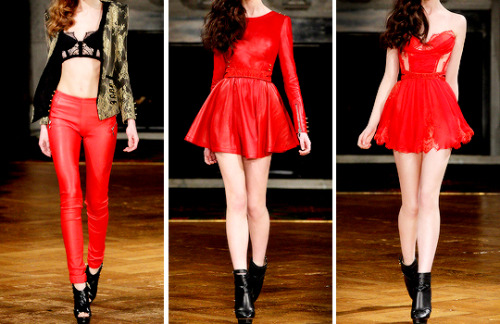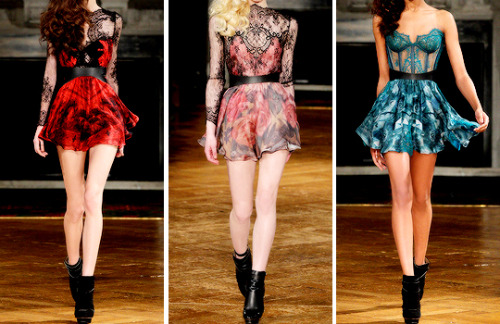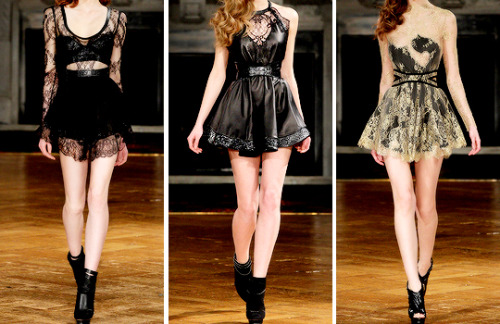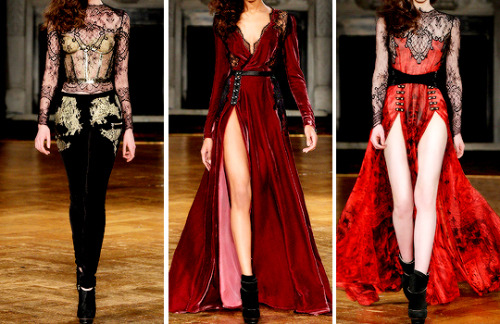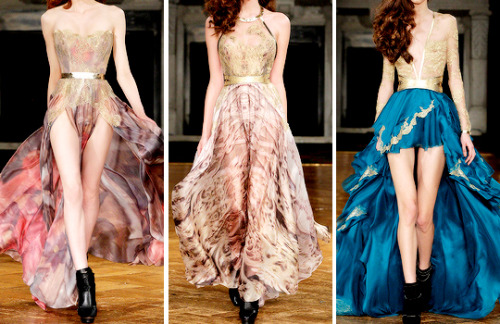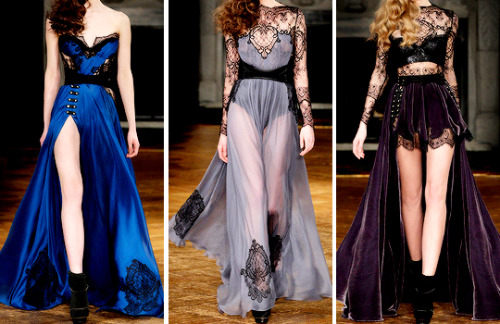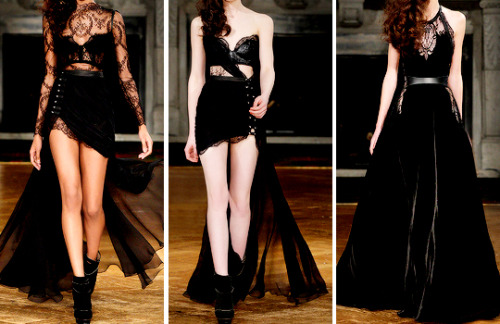Is There Any Chance You Could Give Some Tips On How To Get Better At Accuracy? I Feel Like No Matter
Is there any chance you could give some tips on how to get better at accuracy? I feel like no matter how much I practice, I can't get poeple to look right. Even if I trace, it doesn't look right (which is funny to me considering how often people accuse you of tracing--seriously have they ever tried it?). You make it look so easy, and I feel like it's the hardest part of drawing.
Okay three things first:
It is the hardest part of drawing.
Tracing will actually set you back unless you do it the right way.
You don’t have to be accurate to make good art.
I grabbed a random screencap to show you how I do it (keep in mind that I’ve made thousands of drawings at this point in my life, so a lot of this is stuff I don’t even stop to think about anymore, so I apologize if any of my advice sounds muddy or confusing):

The first thing I do is note the positive and negative spaces and distances between them (marked in pink and blue below):


I reversed the colors so you only see the spaces for what they are. Look at the black space in particular because that’s the barrier between the two major halves of the entire space.
I also note the angles of things:

And then I start to sketch.
First I break up the space and mark out the major axis of the figure (a good rule of thumb with figures is to draw where their spine would be, and perhaps where their shoulders are as well—you don’t have to do it this way of course but if you’re having trouble seeing an axis, it can be helpful):

Then I start to mark out the major shapes, using each previous set of marks to help me refine things. Some people use circles or scribbles or even whole chunks of light and dark. There are an infinite ways to block out a drawing, but I’ve found that angles and lines work best for me:


You’ll see above that I made a cross for his face the same way I made a cross for his body to marke the center line and where his eyes would be. If you want to practice these angles, something like a fashion magazine works great. Get some paper and just flip through each face and try to copy the angles you see.
Anyway, so then I slowly refine details using the lines and angles to help me see how things are shaped. I can build the shapes of fabric and muscle over the angles as if they were a wire skeleton:


And that’s basically it!
Now, to address tracing…
There are two ways you can use tracing to help you. The first is to pinpoint landmarks, like the corner of a shoulder or the eyes. You can do this by making a dot—and only make as many dots as you absolutely need. Too many, and tracing becomes a crutch, and you want to help yourself learn, not skip over learning. I don’t recommend tracing any lines.
You can also use tracing to repair what you’ve done.
Here’s my sketch overlaid onto the screencap:

It’s pretty good! I don’t have to fix it if I don’t want to, but if I want, I can use tracing to mark the places where things are a little off:

And then I can go back and adjust.
This trick is really useful for helping you see the mistakes you keep making so that you can work at correcting them. For example, I tend to make eyes too big and shoulders too wide. I don’t always need to fix that, but this method helps.
The idea isn’t to make drawing easier but to make learning easier, you know? That’s why you want to be careful with tools like tracing (or even gridwork) because you’ll find that you’re not giving yourself enough of a chance to learn. That’s also why tracing can’t replace skill.
Anyway, like I said, you don’t have be accurate or mechanically perfect to make good art. These are just some tips to help you see in observational art and to be more confident. But remember that sometimes the best and most beautiful art is a mechanical mess.
Here’s Van Gogh’s room as proof:

Good luck! <3
More Posts from Zelo-ref and Others
If you're an artist looking to diversify your faces:
click this link
draw whomever you get
don’t worry about making it super-accurate, just focus on the characteristic parts of the face and have fun
the outcome might not look like the ref, but it will be different and more varied than faces you draw out of your head, an dprobably pretty rad on its own right!
feel free to reblog with your drawing, if you want!
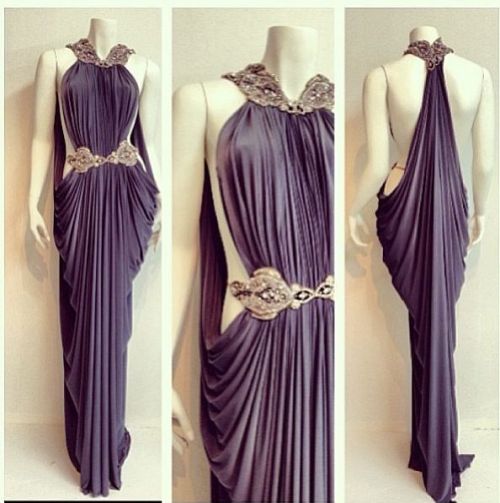
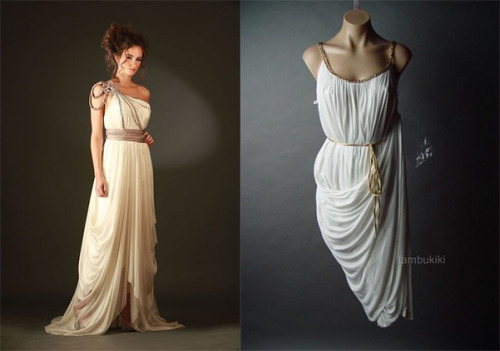

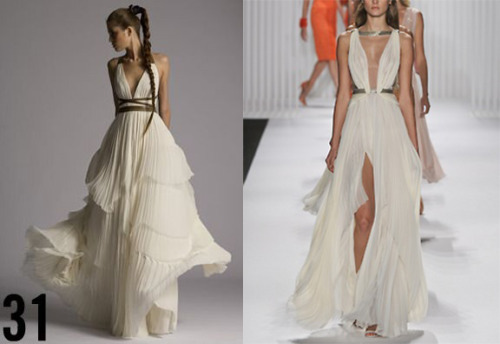
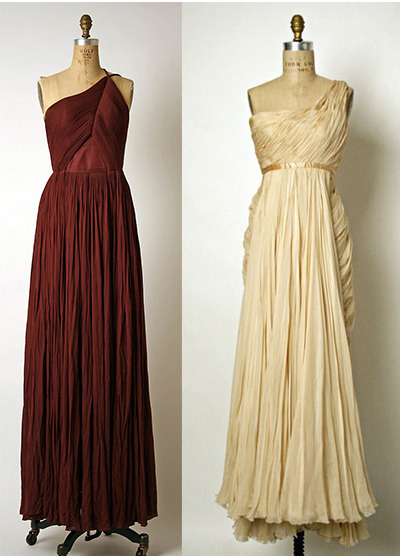
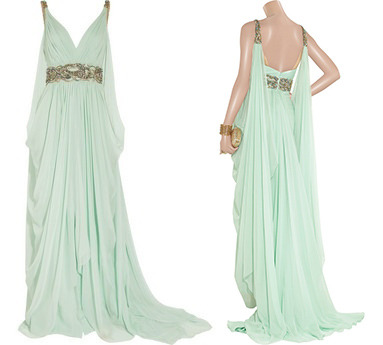
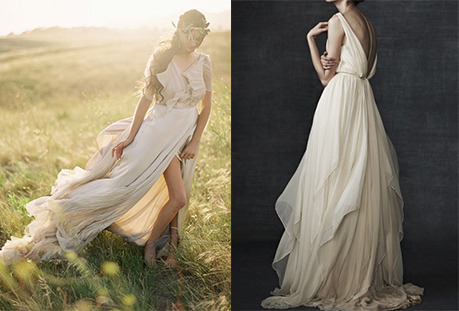
Greek/Roman Inspired Clothing: 2nd dress by Hana Touma, 3rd dress on ebay, 4th dress found here, 5th dress by Madame Gres ,6th dress by Kaufman Franco , 7th dress by J.Mendel, 8th dress by Madame Gres, 9th dress by Jean Desses, 10th dress by Marchesa, 11th dress by 33Jewls, 12th (last) dress by Samuelle Couture


Yinqing Yin Spring/Summer 2013 Haute Couture









Khanjar Dagger
Dated: circa 1800
Culture: Indian, Moghul
Measurements: overall length 38.3 cm
The dagger has a lightly-curved, double-edged blade with a slightly strengthened tip. The grip is sculpted in one piece of jade or agate in shades from yellow to beige, provided with a guard. The upper part of the quilt features a gold lion two rubies for the eyes and an emerald on the head. The wooden scabbard is covered in red and gold cloth and silver mounts engraved with floral motifs and partially pierced.
Source: Copyright © 2016 Czerny’s International Auction House S.R.L.
why you should make a webcomic and why you can make a webcomic
why should you make a webcomic?
it’s regular drawing practice
you get to draw and develop the universe your OCs live in
you could draw your OCs making out with context
see number 3
how can you make a webcomic?
make a new tumblr
install this theme https://www.tumblr.com/theme/37061
post comics as you would on any other tumblr they show up on their own webcomic site
what if nobody sees my webcomic :(
too bad you got to draw your OCs making out and nobody can appreciate your artistic genius obviously the world is not ready for this webcomic genius
-
 blacku liked this · 3 months ago
blacku liked this · 3 months ago -
 annoyingbasementphantom liked this · 5 months ago
annoyingbasementphantom liked this · 5 months ago -
 variablecemetery reblogged this · 5 months ago
variablecemetery reblogged this · 5 months ago -
 variablecemetery liked this · 5 months ago
variablecemetery liked this · 5 months ago -
 king-xerxes reblogged this · 1 year ago
king-xerxes reblogged this · 1 year ago -
 deseuspulo liked this · 2 years ago
deseuspulo liked this · 2 years ago -
 whitehalo42 reblogged this · 4 years ago
whitehalo42 reblogged this · 4 years ago -
 comradebungle liked this · 4 years ago
comradebungle liked this · 4 years ago -
 draw04me reblogged this · 4 years ago
draw04me reblogged this · 4 years ago -
 pluralrat reblogged this · 5 years ago
pluralrat reblogged this · 5 years ago -
 deanbydaylight liked this · 5 years ago
deanbydaylight liked this · 5 years ago -
 iguanodonwildman reblogged this · 5 years ago
iguanodonwildman reblogged this · 5 years ago -
 elusetta liked this · 6 years ago
elusetta liked this · 6 years ago -
 daydidit liked this · 6 years ago
daydidit liked this · 6 years ago -
 particlephysicsbabe reblogged this · 6 years ago
particlephysicsbabe reblogged this · 6 years ago -
 nothing-important0 reblogged this · 6 years ago
nothing-important0 reblogged this · 6 years ago -
 bluesflying liked this · 7 years ago
bluesflying liked this · 7 years ago -
 oreopata liked this · 7 years ago
oreopata liked this · 7 years ago -
 alupan liked this · 7 years ago
alupan liked this · 7 years ago -
 holdthedorian liked this · 7 years ago
holdthedorian liked this · 7 years ago -
 steffi-chu liked this · 7 years ago
steffi-chu liked this · 7 years ago -
 rogueart reblogged this · 7 years ago
rogueart reblogged this · 7 years ago -
 akimitsuu reblogged this · 7 years ago
akimitsuu reblogged this · 7 years ago -
 akimitsuu liked this · 7 years ago
akimitsuu liked this · 7 years ago -
 lejooheon liked this · 7 years ago
lejooheon liked this · 7 years ago -
 i-miss-his-wings reblogged this · 7 years ago
i-miss-his-wings reblogged this · 7 years ago -
 unknown707trash reblogged this · 7 years ago
unknown707trash reblogged this · 7 years ago -
 unknown707trash liked this · 7 years ago
unknown707trash liked this · 7 years ago -
 manicpixidreamgrrl liked this · 7 years ago
manicpixidreamgrrl liked this · 7 years ago -
 benditlikerackham liked this · 7 years ago
benditlikerackham liked this · 7 years ago -
 oculuna liked this · 7 years ago
oculuna liked this · 7 years ago -
 mothman-stan reblogged this · 7 years ago
mothman-stan reblogged this · 7 years ago -
 mothman-stan liked this · 7 years ago
mothman-stan liked this · 7 years ago -
 ink-leaf liked this · 8 years ago
ink-leaf liked this · 8 years ago -
 stopwonderingstartlistening liked this · 8 years ago
stopwonderingstartlistening liked this · 8 years ago -
 stopwonderingstartlistening reblogged this · 8 years ago
stopwonderingstartlistening reblogged this · 8 years ago -
 cethin reblogged this · 8 years ago
cethin reblogged this · 8 years ago -
 morwenkenobi liked this · 8 years ago
morwenkenobi liked this · 8 years ago -
 howdoidrawit reblogged this · 8 years ago
howdoidrawit reblogged this · 8 years ago -
 thesammiwich reblogged this · 8 years ago
thesammiwich reblogged this · 8 years ago -
 kittyconreference reblogged this · 8 years ago
kittyconreference reblogged this · 8 years ago

